
Welcome to CivilGEO Knowledge Base
Welcome to CivilGEO Knowledge Base

Welcome to CivilGEO Knowledge Base
Welcome to CivilGEO Knowledge Base
In hydrology, a subbasin is used to represent the physical watershed. Subbasins define drainage area polygons that produce runoff to the other elements in the model. In GeoHECHMS, subbasins can be defined by either drawing or assigning polygons on the Map View using the following commands:
When creating a subbasin, the software performs the following tasks:
The Draw Subbasins command allows the user to interactively draw polygons on the Map View as subbasins.
Follow the steps below to use the Draw Subbasins command:
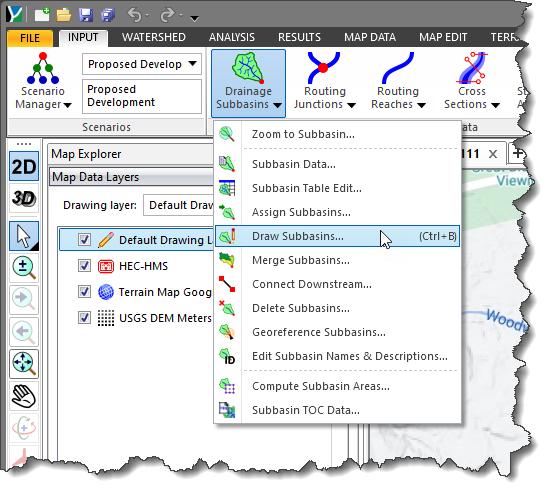
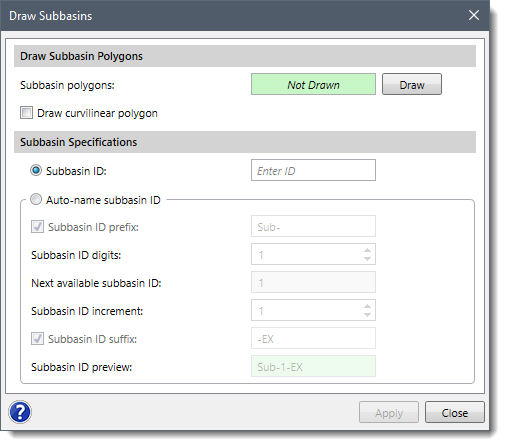
Note that pressing the [Ctrl+B] keys will run the Draw Subbasins command directly on the Map View.
The following sections describe how to use the Draw Subbasins command and interact with the above dialog box.
The Draw Subbasin Polygons section is used to draw the subbasins on the Map View using polygons. To draw a subbasin polygon, follow the steps below:
![[Draw] button](/wp-content/uploads/sites/25/2021/04/Draw-and-Assign-Subbasins-Command-Image-3.png)
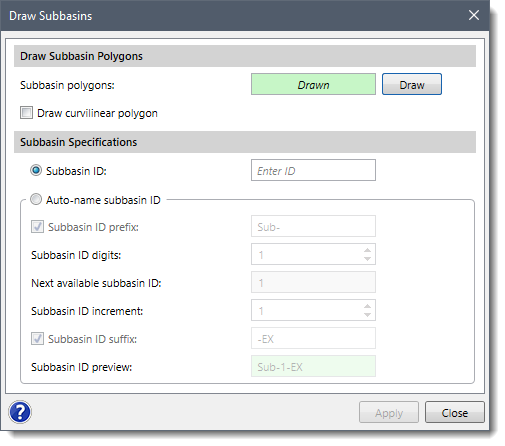
This section is used to specify each drawn subbasin by providing each with an ID. The user can assign these IDs either manually or automatically by using some predefined formats.
Follow the steps below to assign subbasin IDs to the subbasins:

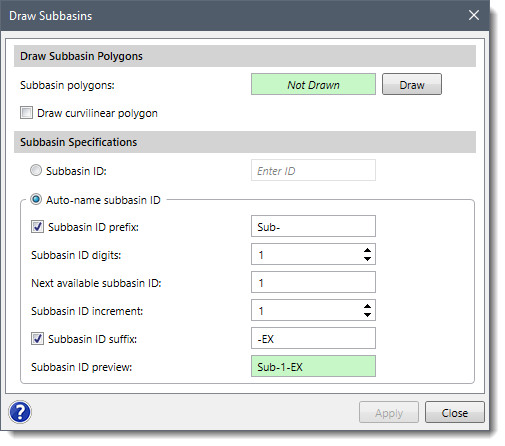 The different subbasin naming formats present in the Auto-name subbasin ID option are as follows:
The different subbasin naming formats present in the Auto-name subbasin ID option are as follows:
![[Apply] button](/wp-content/uploads/sites/25/2021/04/Draw-and-Assign-Subbasins-Command-Image-7.png) Note that if the auto-name option is enabled and the user returns to the dialog box, the [Apply] button is disabled since the just drawn subbasins have already been named and created.
Note that if the auto-name option is enabled and the user returns to the dialog box, the [Apply] button is disabled since the just drawn subbasins have already been named and created.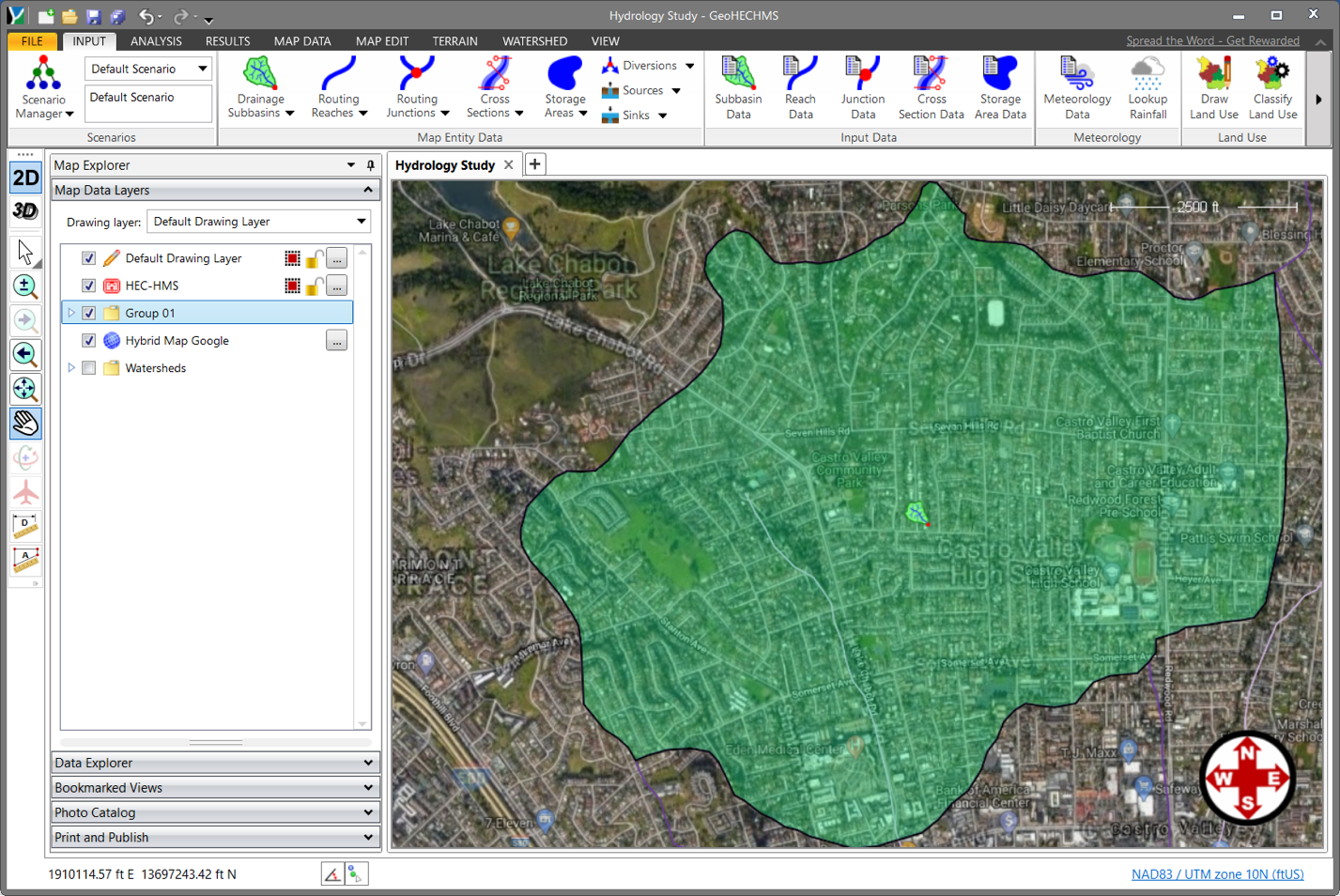
The Assign Subbasins command allows the user to manually associate previously drawn polylines or polygons as subbasins.
Follow the steps below to use the Assign Subbasins command:
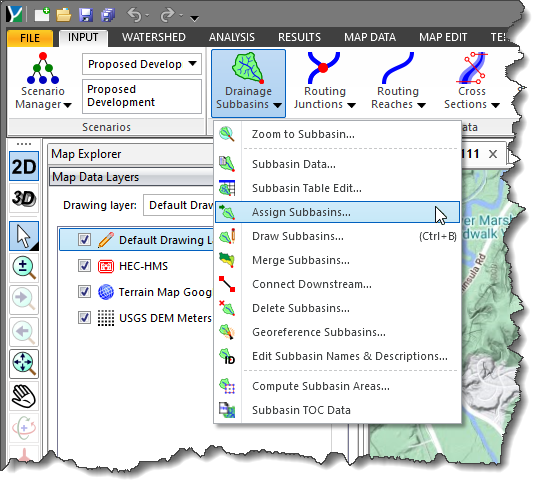
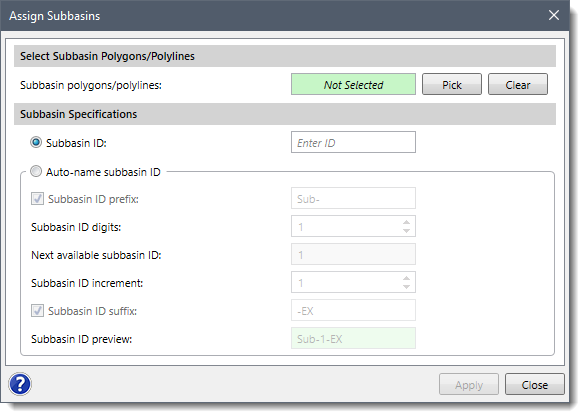
The following sections describe how to use the Assign Subbasins command and interact with the above dialog box.
The Select Subbasin Polygons/Polylines section is used to select the previously drawn polylines/polygons from the Map View to assign them as subbasins.
To assign a subbasin polygon, follow the steps below:
![[Pick] button](/wp-content/uploads/sites/25/2021/04/Draw-and-Assign-Subbasins-Command-Image-11.png)
This section is used to specify an ID for each selected subbasin polygon. The user can assign these IDs either manually or automatically by using some predefined formats.
Note that this section is similar to the Subbasin Specifications of the Draw Subbasins dialog box. Hence, see the second subsection under Drawing Subbasins to learn more about it.
 1-800-301-02-955
1-800-301-02-955
 608-729-5100
608-729-5100
(US and Canada)
 [email protected]
[email protected]
 +1 608-729-5100
+1 608-729-5100
CivilGEO India
Graphix Tower, A-13 A
3rd Floor, Sector 62
Noida, Uttar Pradesh 201309
IndiaTel:
1-800-301-02-955 or
+91 022-3831-8601
CivilGEO United States
8383 Greenway Blvd
6th Floor
Middleton, WI 53562
USATel:
608-729-5100 or
800-488-4110
Copyright © CivilGEO, Inc. All rights reserved. The CivilGEO logo, “GeoHECHMS”, “GeoHECRAS”, and “Ready To Engineer” are registered trademarks of CivilGEO,
Inc. All other brands, company names, product names or trademarks belong to their respective holders.
We use cookies to give you the best online experience. By agreeing you accept the use of cookies in accordance with our cookie policy.
When you visit any web site, it may store or retrieve information on your browser, mostly in the form of cookies. Control your personal Cookie Services here.
The ZoomInfo WebSights snippet drops three cookies to track Unique Visits:
1. _pxhd - Related to the Perimeter X security layer (Perimeter X isused to prevent bot attacks).
2. _cfduid - Related to the CloudFlare security layer (CloudFlare is the Network Security protocol that ZoomInfo uses to orchestrate the rate limiting rules).
3. visitorId - This is how WebSights identifies recurring visitors








